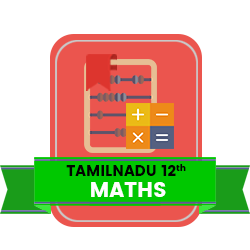12th Standard CBSE Physics Subjects Question Paper Software Subscription
QB365 covers complete information about 12th Standard CBSE Physics Subject for 2024-2025 Exam. Question Bank includes 12th Standard CBSE Physics Subjects Book back, exercise, Updated Question types MCQ, Case Study , Assertion and reason with solution, Previous year asked questions, all possible questions and other key points also. All question with detailed answers are readily available for preparting Maths question papers.
All Chapters Covered

Create Unlimited Question Papers

Access anywhere anytime

Multiple Pattern Question Papers
Share your Question Paper

Font size, line spacing, watermark etc,
Our Other Subjects for 12th Standard CBSE
12th Standard CBSE Physics Chapters / Lessons
Electrostatic Potential and Capacitance
Current Electricity
Moving Charges and Magnetism
Electromagnetic Induction and Alternating Currents
Electromagnetic Waves
Wave Optics
Dual Nature of Radiation and Matter
Atoms and Nuclei
Semiconductor Electronics: Materials, Devices and Simple Circuits
Communication Systems
Ray Optics and Optical Instruments
Electric Charges and Fields
Magnetism and Matter
Electromagnetic Induction
Alternating Current
Atoms
Nuclei
12th Standard CBSE Physics Chapters / Lessons Syllabus
Electrostatics
Chapter-1: Electric Charges and Fields
Electric Charges; Conservation of charge, Coulomb's law-force between two point charges, forces between multiple charges; superposition principle and continuous charge distribution - Electric field, electric field due to a point charge, electric field lines, electric dipole, electric field due to a dipole, torque on a dipole in uniform electric fleld - Electric flux, statement of Gauss's theorem and its applications to find field due to infinitely long straight wire, uniformly charged infinite plane sheet and uniformly charged thin spherical shell (field inside and outside).
Chapter-2: Electrostatic Potential and Capacitance
Electric potential, potential difference, electric potential due to a point charge, a dipole and system of charges; equipotential surfaces, electrical potential energy of a system of two point charges and of electric dipole in an electrostatic field -Conductors and insulators, free charges and bound charges inside a conductor. Dielectrics and electric polarisation, capacitors and capacitance, combination of capacitors in series and in parallel, capacitance of a parallel plate capacitor with and without dielectric medium between the plates, energy stored in a capacitor.
Current Electricity
Chapter-3: Current Electricity
Electric current, flow of electric charges in a metallic conductor, drift velocity, mobility and their relation with electric current; Ohm's law, electrical resistance, V-I characteristics (linear and non-linear), electrical energy and power, electrical resistivity and conductivity, Carbon resistors, colour code for carbon resistors; series and parallel combinations of resistors; temperature dependence of resistance. Internal resistance of a cell, potential difference and emf of a cell, combination of cells in series and in parallel, Kirchhoff's laws and simple applications, Wheatstone bridge, metre bridge -Potentiometer - principle and its applications to measure potential difference and for comparing EMF of two cells; measurement of internal resistance of a cell.
Magnetic Effects of Current and Magnetism
Chapter-4: Moving Charges and Magnetism
Concept of magnetic field, Oersted's experiment. Biot - Savart law and its application to current carrying circular loop - Ampere's law and its applications to infinitely long straight wire. Straight and toroidal solenoids (only qualitative treatment), force on a moving charge in uniform magnetic and electric fields, Cyclotron - Force on a current-carrying conductor in a uniform magnetic field, force between two parallel current-carrying conductors-definition of ampere, torque experienced by a current loop in uniform magnetic field; moving coil galvanometer-its current sensitivity and conversion to ammeter and voltmeter.
Chapter-5: Magnetism and Matter
Current loop as a magnetic dipole and its magnetic dipole moment, magnetic dipole moment of a revolving electron, magnetic field intensity due to a magnetic dipole (bar magnet) along its axis and perpendicular to its axis, torque on a magnetic dipole (bar magnet) in a uniform magnetic field; bar magnet as an equivalent solenoid, magnetic field lines; earth's magnetic field and magnetic elements. Para-, dia- and ferromagnetic substances, with examples. Electromagnets and factors affecting their strengths, permanent magnets.
Electromagnetic Induction and Alternating Currents
Chapter-6: Electromagnetic Induction
Electromagnetic induction; Faraday's laws, induced EMF and current; Lenz's Law, Eddy currents. Self and mutual induction.
Chapter-7: Alternating Current
Alternating currents, peak and RMS value of alternating current/voltage; reactance and impedance; LC oscillations (qualitative treatment only), LCR series circuit, resonance; power in AC circuits, power factor, wattless current. AC generator and transformer.
Electromagnetic waves
Chapter-8: Electromagnetic Waves
Basic idea of displacement current, Electromagnetic waves, their characteristics, their Transverse nature (qualitative ideas only).
Electromagnetic spectrum (radio waves, microwaves, infrared, visible, ultraviolet, X-rays, gamma rays) including elementary facts about their uses.
Optics
Chapter-9: Ray Optics and Optical Instruments
Ray Optics: Reflection of light, spherical mirrors, mirror formula, refraction of light, total internal reflection and its applications, optical fibres, refraction at spherical surfaces, lenses, thin lens formula, lensmaker's formula, magnification, power of a lens, combination of thin lenses in contact, refraction and dispersion of light through a prism. Scattering of light - blue colour of sky and reddish appearance of the sun at sunrise and sunset. Optical instruments: Microscopes and astronomical telescopes (reflecting and refracting) and their magnifying powers.
Chapter-10: Wave Optics
Wave optics: Wavefront and Huygen's principle, reflection and refraction of plane wave at a plane surface using wave fronts. Proof of laws of reflection and refraction using Huygen's principle. Interference, Young's double slit experiment and expression for fringe width, coherent sources and sustained interference of light, diffraction due to a single slit, width of central maximum, resolving power of microscope and astronomical telescope, polarisation, plane polarised light, Brewster's law, uses of plane polarised light and Polaroids.
Dual Nature of Radiation and Matter
Chapter-11: Dual Nature of Radiation and Matter
Dual nature of radiation, Photoelectric effect, Hertz and Lenard's observations; Einstein's photoelectric equation-particle nature of light.
Matter waves-wave nature of particles, de-Broglie relation, Davisson-Germer experiment (experimental details should be omitted; only conclusion should be explained).
Atoms and Nuclei
Chapter-12: Atoms
Alpha-particle scattering experiment; Rutherford's model of atom; Bohr model, energy levels, hydrogen spectrum.
Chapter-13: Nuclei
Composition and size of nucleus, Radioactivity, alpha, beta and gamma particles/rays and their properties; radioactive decay law.
Mass-energy relation, mass defect; binding energy per nucleon and its variation with mass number; nuclear fission, nuclear fusion.
Electronic Devices
Chapter-14: Semiconductor Electronics: Materials, Devices and Simple Circuits
Energy bands in conductors, semiconductors and insulators (qualitative ideas only) - Semiconductor diode - I-V characteristics in forward and reverse bias, diode as a rectifier; Special purpose p-n junction diodes: LED, photodiode, solar cell and Zener diode and their characteristics, zener diode as a voltage regulator. Junction transistor, transistor action, characteristics of a transistor and transistor as an amplifier (common emitter configuration), basic idea of analog and digital signals, Logic gates (OR, AND, NOT, NAND and NOR).
Communication Systems
Chapter-15: Communication Systems
Elements of a communication system (block diagram only); bandwidth of signals (speech, TV and digital data); bandwidth of transmission medium. Propagation of electromagnetic waves in the atmosphere, sky and space wave propagation, satellite communication. Need for modulation, amplitude modulation.
Features in Question Paper Preparation software

(or) type Question

Add or Remover

Sub Questions

Adding Notes

Multiple Pattern

All subjects available
How to Create 12th Standard CBSE Physics Question Paper


12th Standard CBSE Physics
- Covers all chapters
- Unique Creative Questions
- Unlimited Question Paper
- Multiple Patterns & Answer keys
3888
3499



